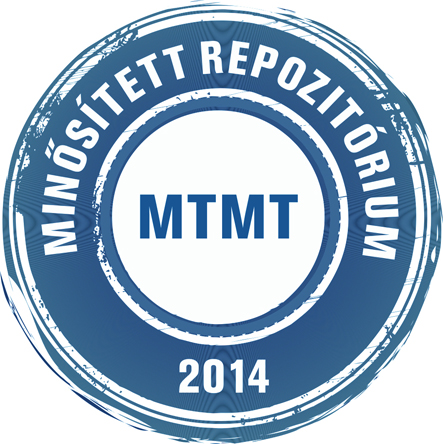Molnár Annamária: Ut clare mulieres ampliores sint numero : Boccaccio Minerva-interpretációi. In: Antikvitás és reneszánsz 2. pp. 99-114. (2018)
Előnézet |
Cikk, tanulmány, mű
antikvitas_es_reneszansz_002_099-114.pdf Letöltés (445kB) | Előnézet |
Absztrakt (kivonat)
Boccaccio, standing between the Middle Ages and the Renaissance, uses specific methods of systematization and techniques when he decides to write (even many times if necessary) the biographies of the goddesses of Greco-Roman mythology. What influences his methods? Is it important which description of a goddess into which work of his – Genealogia deorum gentilium or De mulieribus claris or both – he intends to insert? What kind of literary sources does he rely on while writing these biographies? My paper starts a reckless „Minerva-counting” and describes the problem through the figure of one of the most important goddesses of the ancient culture.
| Mű típusa: | Cikk, tanulmány, mű |
|---|---|
| Befoglaló folyóirat/kiadvány címe: | Antikvitás és reneszánsz |
| Dátum: | 2018 |
| Szám: | 2 |
| ISSN: | 2560-2659 |
| Oldalak: | pp. 99-114 |
| Nyelv: | magyar , angol |
| Befoglaló mű URL: | http://acta.bibl.u-szeged.hu/61864/ |
| Kulcsszavak: | Giovanni Boccaccio, Olasz irodalom - 14. sz. |
| Megjegyzések: | Bibliogr.: p. 113-114. és a lábjegyzetekben ; összefoglalás angol nyelven |
| Szakterület: | 06. Bölcsészettudományok 06. Bölcsészettudományok > 06.02. Nyelvek és irodalom |
| Feltöltés dátuma: | 2019. jún. 25. 13:31 |
| Utolsó módosítás: | 2024. ápr. 18. 14:13 |
| URI: | http://acta.bibl.u-szeged.hu/id/eprint/61883 |
 |
Tétel nézet |





